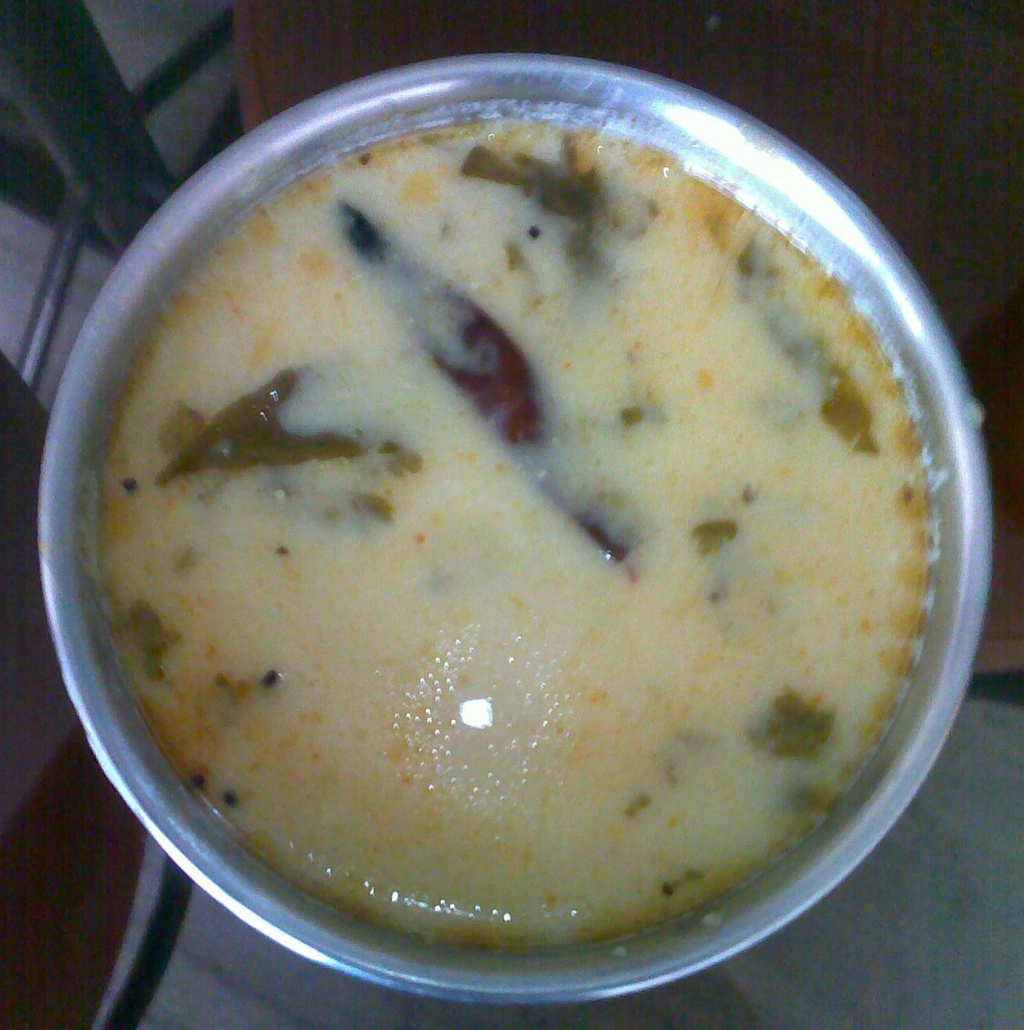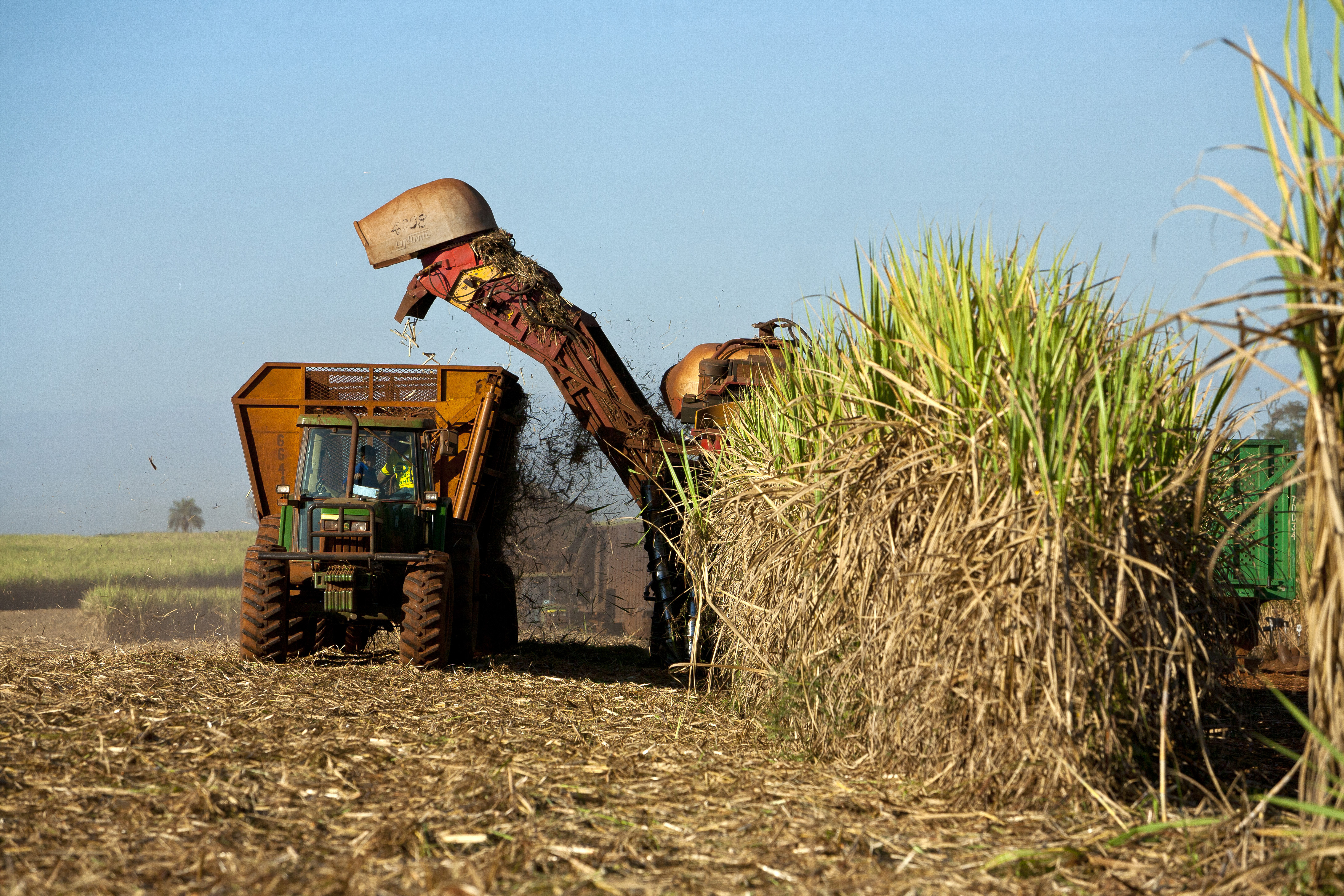|
Baati
Baati is a hard, unleavened bread cooked in most of areas of Rajasthan, and in some parts of Madhya Pradesh and Gujarat states of India. It is prized for its long shelf life and high nutritional content, and, in desert areas, for the minimal quantity of water required for its preparation. Baati is commonly eaten with dal, hence also referred to as dal baati. In some regions, especially Madhya Pradesh, it is also paired with a roasted aubergine mash called bharta. Baati is also closely related to Litti (cuisine), popular in eastern Uttar Pradesh (Varanasi) and western Bihar. Litti is eaten with potato, tomato and roasted aubergine. Baati can either be plain or have various kinds of fillings, including onions, peas, and '' sattu''. ''Bafla'' is a kind of baati, which is softer. Bafla and baati are always eaten with hot dal with pure ghee and chutney. ''Churma'' is a popular delicacy usually served with ''baatis'' and dal. It is coarsely ground wheat crushed and cooked with g ... [...More Info...] [...Related Items...] OR: [Wikipedia] [Google] [Baidu] |
Dal Baati
Daal Baati is an Indian dish of daal (lentils) and baati (hard wheat rolls). It is popular in Madhya Pradesh (especially in Braj, Nimar and Malwa regions), Rajasthan, Maharashtra’s Khandesh and Vidarbha region, Gujarat, and Uttar Pradesh. Daal is prepared using tuvaar dal, chana daal (prepared by removing skin of split chickpeas), mung dal, moth dal, or urad dal. The pulses or lentils are cooked together after being soaked in water for a few hours. First, a small amount of vegetable oil is heated in a frying pan and then the seasoning ''rai-jeera'' (mustard and cumin seeds) is added into the hot oil. Then green chilli, garlic and some spices including asafoetida, red chilli, turmeric, coriander, ginger are added. There may be a sweet and sour version of dal in some regions. Finally, the boiled daal is added and cooked. ''Baati'' is a hard bread made up of wheat flour commonly known as ''aata''. Wheat flour is kneaded with little bit of salt, dahi (yogurt) and ... [...More Info...] [...Related Items...] OR: [Wikipedia] [Google] [Baidu] |
Rajasthani Cuisine
Rajasthani cuisine ( hi, राजस्थानी व्यञ्जन) is the cuisine of the rugged Rajasthan region in North West India. It was influenced by both the warlike lifestyles of its inhabitants and the availability of ingredients in an arid region.Krishna Gopal Dubey, The Indian Cuisine, PHI Learning Pvt. Ltd., pp.193 Food that could last for several days and could be eaten without heating was preferred. Scarcity of water and fresh green vegetables have all had their effect on the cooking. It is also known for its snacks like Bikaneri bhujia, Mirchi bada and Pyaaj kachori. Other famous dishes include ''Dal Baati'', ''malaidar special lassi'' (lassi) and ''Lashun ki chutney'' (hot garlic paste), ''Mawa lassi'' from Jodhpur, Alwar ka mawa, ''Malpauas'' from Pushkar and rasgulla from Bikaner, "paniya"and "gheriya" from Mewar. Originating for the Marwar region of the state is the concept Marwari Bhojnalaya, or vegetarian restaurants, today found in many parts ... [...More Info...] [...Related Items...] OR: [Wikipedia] [Google] [Baidu] |
Indian Breads
Indian breads are a wide variety of flatbreads and crêpes which are an integral part of Indian cuisine. Their variation reflects the diversity of Indian culture and food habits. Ingredients Most flat breads from northern India are unleavened and made primarily from milled flour, usually atta or maida, and water. Some flatbreads, especially paratha, may be stuffed with vegetables and layered with either ghee or butter. In Maharashtra and Karnataka, breads are also made from grains like jowar (''Sorghum bicolor''), ragi (''Eleusine coracana'') and bajra (pearl millet), and is called "rotla" in Gujarat and "bhakri" in Maharashtra. In southern India and the West Coast, most pancakes are made from peeled and split black lentils (urad dal) and rice. Popular varieties include dosa, appam, and uttapam. Popular flatbreads include rice rotis and ragi rotis. Most Indian breads make use of the yeast spores in the atmosphere for fermentation. Preparation In northern India, a doug ... [...More Info...] [...Related Items...] OR: [Wikipedia] [Google] [Baidu] |
Litti (cuisine)
Litti, sometimes, along with chokha, is a complete meal that originated from the Bhojpuri region of the Indian states of Bihar and Uttar Pradesh. It is a dough ball made up of whole wheat flour and stuffed with gram flour, pulses and mixed with herbs and spices. It is baked over coal or wood and tossed with large amounts of ghee. Although very often confused with the closely related Rajasthani dish, baati, it is a completely different dish in terms of taste, texture and preparation. It may be eaten with curd, brinjal chokha, potato chokha, and papad. The litti are traditionally baked over a wood fire, but in the modern days, a new fried version has been developed. Herbs and spices used to flavour the litti include onion, garlic, ginger, coriander leaves, lime juice, carom seeds, nigella seeds and salt. Tasty pickles can also be used to add spice flavour. In western Bihar and eastern Uttar Pradesh litti is served with ''murgh korma'' (a creamy chicken curry) or ''chokha'' (a vege ... [...More Info...] [...Related Items...] OR: [Wikipedia] [Google] [Baidu] |
Eggplant
Eggplant ( US, Canada), aubergine ( UK, Ireland) or brinjal (Indian subcontinent, Singapore, Malaysia, South Africa) is a plant species in the nightshade family Solanaceae. ''Solanum melongena'' is grown worldwide for its edible fruit. Most commonly purple, the spongy, absorbent fruit is used in several cuisines. Typically used as a vegetable in cooking, it is a berry by botanical definition. As a member of the genus '' Solanum'', it is related to the tomato, chili pepper, and potato, although those are of the New World while the eggplant is of the Old World. Like the tomato, its skin and seeds can be eaten, but, like the potato, it is usually eaten cooked. Eggplant is nutritionally low in macronutrient and micronutrient content, but the capability of the fruit to absorb oils and flavors into its flesh through cooking expands its use in the culinary arts. It was originally domesticated from the wild nightshade species ''thorn'' or ''bitter apple'', '' S. incanum'',Tsa ... [...More Info...] [...Related Items...] OR: [Wikipedia] [Google] [Baidu] |
Unleavened Breads
In cooking, a leavening agent () or raising agent, also called a leaven () or leavener, is any one of a number of substances used in doughs and batters that cause a foaming action (gas bubbles) that lightens and softens the mixture. An alternative or supplement to leavening agents is mechanical action by which air is incorporated (i.e. kneading). Leavening agents can be biological or synthetic chemical compounds. The gas produced is often carbon dioxide, or occasionally hydrogen. When a dough or batter is mixed, the starch in the flour and the water in the dough form a matrix (often supported further by proteins like gluten or polysaccharides, such as pentosans or xanthan gum). The starch then gelatinizes and sets, leaving gas bubbles that remain. Biological leavening agents * ''Saccharomyces cerevisiae'' producing carbon dioxide found in: ** baker's yeast ** Beer barm (unpasteurised—live yeast) ** ginger beer ** kefir ** sourdough starter * ''Clostridium perfringens' ... [...More Info...] [...Related Items...] OR: [Wikipedia] [Google] [Baidu] |
Dal Bati Choorma
In Indian cuisine, ''dal'' (also spelled ''daal'' or ''dhal''; pronunciation: , Hindi: दाल, Urdu: ) are dried, split pulses (e.g., lentils, peas, and beans) that do not require soaking before cooking. India is the largest producer of pulses in the world. The term is also used for various soups prepared from these pulses. These pulses are among the most important staple foods in South Asian countries, and form an important part of the cuisines of the Indian subcontinent. Use The most common way of preparing dal is in the form of a soup to which onions, tomatoes and various spices may be added. The outer hull may or may not be stripped off. Almost all types of dal come in three forms: (1) unhulled or ''sabut'' (meaning whole in Hindi), e.g., ''sabut urad dal'' or ''mung sabut''; (2) split with hull left on the split halves is described as ''chilka'' (which means shell in Hindi), e.g. ''chilka urad dal'', ''mung dal chilka''; (3) split and hulled or ''dhuli'' (meaning ... [...More Info...] [...Related Items...] OR: [Wikipedia] [Google] [Baidu] |
Dal Baati Rajwadi Thali
In Indian cuisine, ''dal'' (also spelled ''daal'' or ''dhal''; pronunciation: , Hindi: दाल, Urdu: ) are dried, split pulses (e.g., lentils, peas, and beans) that do not require soaking before cooking. India is the largest producer of pulses in the world. The term is also used for various soups prepared from these pulses. These pulses are among the most important staple foods in South Asian countries, and form an important part of the cuisines of the Indian subcontinent. Use The most common way of preparing dal is in the form of a soup to which onions, tomatoes and various spices may be added. The outer hull may or may not be stripped off. Almost all types of dal come in three forms: (1) unhulled or ''sabut'' (meaning whole in Hindi), e.g., ''sabut urad dal'' or ''mung sabut''; (2) split with hull left on the split halves is described as ''chilka'' (which means shell in Hindi), e.g. ''chilka urad dal'', ''mung dal chilka''; (3) split and hulled or ''dhuli'' (meaning ... [...More Info...] [...Related Items...] OR: [Wikipedia] [Google] [Baidu] |
Jaggery
Jaggery is a traditional non-centrifugal cane sugar consumed in the Indian Subcontinent, Southeast Asia, and Africa. It is a concentrated product of cane juice and often date or palm sap without separation of the molasses and crystals, and can vary from golden brown to dark brown in colour. It contains up to 50% sucrose, up to 20% invert sugars, and up to 20% moisture, with the remainder made up of other insoluble matter, such as wood ash, proteins, and bagasse fibres. Jaggery is very similar to muscovado, an important sweetener in Portuguese, British and French cuisine. The Kenyan Sukari ngutu/nguru has no fibre; it is dark and is made from sugar cane and also sometimes extracted from palm tree. Etymology Jaggery comes from Portuguese terms , , derived from Malayalam (), Kannada (), Hindi () from Sanskrit () or also in Hindi, (gur). It is a doublet of sugar. Origins and production Jaggery is made of the products of sugarcane and the toddy palm tree. ... [...More Info...] [...Related Items...] OR: [Wikipedia] [Google] [Baidu] |
Churma
Churma wahi wala is a popular Haryanvi, Rajasthani, Bihari, Uttar Pradesi, and Awadhi delicacy from India. In Punjab, the dish is called churi. It is coarsely ground wheat crushed and cooked with ghee and sugar. In Haryana, churma is made by mashing up roti in ghee and jaggery. It is not served with ghee, especially as a diet for the wrestlers sparring in the danggal of akharas.Bite this! Festivals and the Sweet Haryanvi , 20 October 2016. It is usually served either with a tall glass of warm milk, , or with sour ... [...More Info...] [...Related Items...] OR: [Wikipedia] [Google] [Baidu] |



.jpg)
